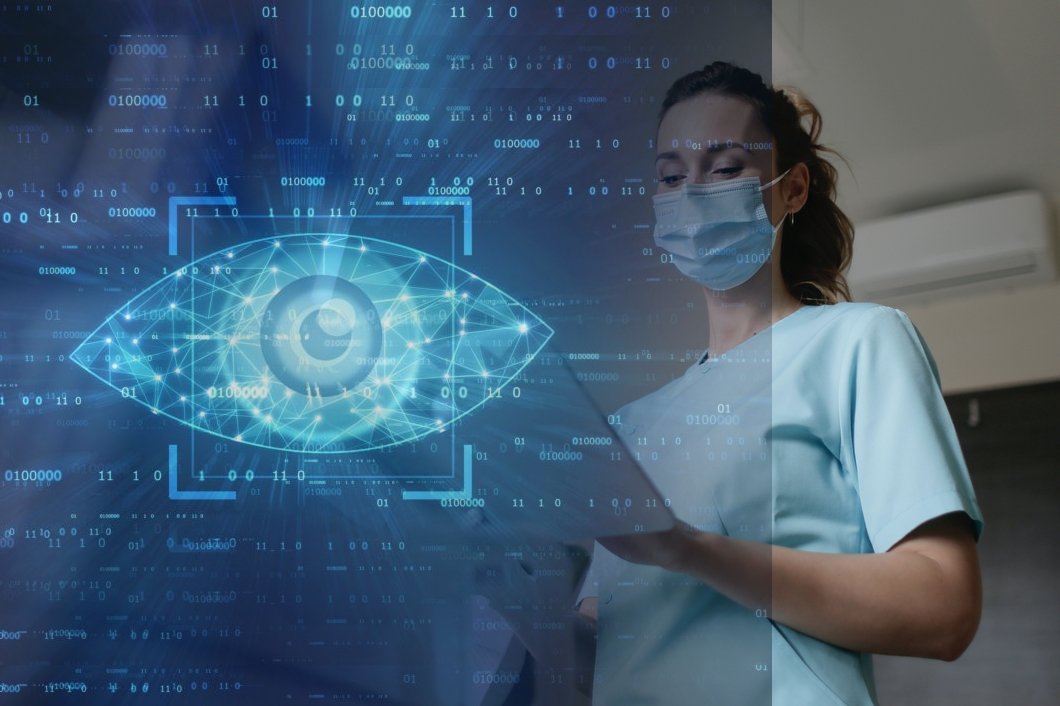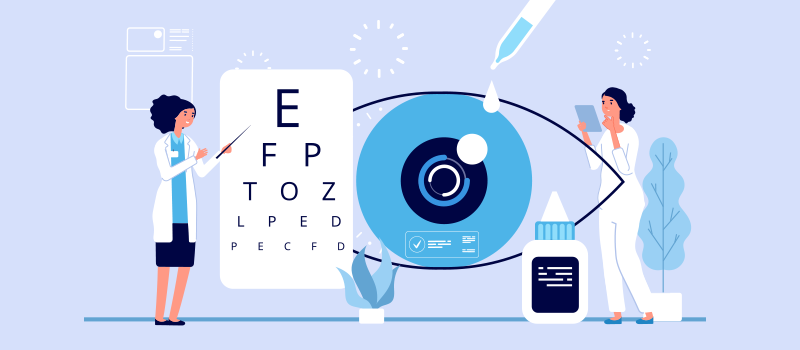Vision Gesundheit: Optimizing Your Eye Health
In today’s fast-paced world, maintaining optimal vision is essential for our overall health and well-being. “Vision Gesundheit” focuses on promoting healthy eyesight through awareness and proactive measures. This article delves into practical tips, expert insights, and innovations in eye care, ensuring our vision health stays sharp.
The Importance of Regular Eye Check-Ups
Regular eye examinations are crucial for maintaining eye health and overseeing changes. **Eye check-ups** provide early detection of potential vision problems, allowing for timely intervention. People often underestimate the significance of these assessments, as many vision issues can develop without noticeable symptoms. During a comprehensive eye exam, optometrists evaluate not just vision quality but also the eye structure, enabling them to spot conditions such as glaucoma or diabetic retinopathy early on.
Understanding Eye Conditions
Several common **eye conditions** can be identified during routine exams, including myopia, hyperopia, and presbyopia. Myopia, or nearsightedness, occurs when distant objects appear blurry. Conversely, hyperopia, or farsightedness, makes nearby objects hard to focus on. Regular visits help in tailoring vision correction strategies, whether through prescription glasses, contact lenses, or even surgical interventions. Early detection and treatment are vital for preventing more severe issues down the line, reinforcing the importance of prioritizing regular eye care.
Schedule for Eye Exams
For optimal vision health, know when to schedule your **eye exams**. Adults should have their eyes checked every two years, while those with existing conditions may need to visit annually. Children should receive their first eye assessment at six months, again at age three, and before starting school. Staying diligent about these timelines ensures you catch any changes early and adapt accordingly, keeping your vision sharp and healthy.

This infographic illustrates essential practices for maintaining healthy eyes that can be easily integrated into daily routines.
Nourishing Your Eyes: Diet and Nutrition
Nutrition plays a pivotal role in sustaining eye health. A well-balanced diet rich in **vitamins** and minerals can fend off common eye problems and improve vision. **Vitamins A, C, and E**, along with zinc and omega-3 fatty acids, are particularly beneficial. Incorporating leafy greens, carrots, fish, and nuts into your diet will help nourish your eyes, securing vital nutrients that support visual acuity and overall eye health.
Foods for Better Vision
To promote sustaining **vision health**, specific foods should be prioritized. Dark leafy greens, such as kale and spinach, are excellent sources of lutein and zeaxanthin, antioxidants that help reduce the risk of cataracts and macular degeneration. Additionally, fish rich in omega-3 fatty acids—like salmon, tuna, and sardines—also contribute to drying eye syndrome prevention and improve retinal health. Incorporating a diverse array of these foods daily not only fuels your body but ensures that your eyes receive adequate nourishment.
The Role of Supplements
While it’s best to obtain nutrients through food, sometimes supplements also provide additional support for eye health. Products containing vitamins like **zeaxanthin**, lutein, and omega-3s can supplement a healthy diet, especially for those with dietary restrictions or specific health concerns. However, consulting with a healthcare provider before starting any new supplements is prudent, ensuring safety and efficacy tailored to individual needs.
Protecting Your Eyes from Digital Strain
With increased screen time from smartphones, computers, and tablets, **digital eye strain** has become a common issue. Symptoms often include dry eyes, blurred vision, and headaches. Understanding how to mitigate these effects is crucial in maintaining visual comfort and overall health.
Implementing the 20-20-20 Rule
To combat digital strain, the 20-20-20 rule is a practical method anyone can adopt. Essentially, every 20 minutes of screen time, take a break and look at something 20 feet away for 20 seconds. This strategy significantly reduces eye fatigue and helps to refocus vision. Additionally, adjusting screen brightness and utilizing computer glasses can further ease digital eye strain
Monitor Your Screen Setup
Having an ergonomically friendly workspace is vital for reducing eye strain. Ensure that your computer screen is positioned approximately an arm’s length away from your eyes and that it is tilted slightly backward. The top of your monitor should ideally be at or just below eye level. Proper seating and lighting further assist in maintaining comfort while working with screens for extended periods.

The Future of Eye Health: Innovations and Treatments
The field of ocular health is rapidly evolving, bringing new technologies and treatments that enhance our ability to care for our **eyes**. From advanced imaging technology to innovative therapies, staying informed about these advancements is essential for those interested in eye health.
Innovative Technologies in Eye Care
Tech developments in the healthcare field are revolutionizing how we diagnose and treat eye conditions. For instance, telemedicine now allows patients to receive consultations from specialists without leaving their homes, making eye care more accessible. Emerging technologies, such as **AI-driven diagnostics**, are even being tested to enable quicker and more accurate identification of eye diseases, marking a transformative step in ophthalmology.
Advanced Treatments
New treatments for common eye diseases are also being developed rapidly. For example, **gene therapy** shows promise in treating inherited retinal diseases. At the same time, drugs are in development for conditions such as age-related macular degeneration (AMD) and diabetic retinopathy, potentially improving outcomes for those affected. Staying abreast of these innovations is crucial, as they might offer viable solutions for various eye health issues in the near future.
Key Takeaways
- Prioritize regular eye check-ups to track and address any changes in vision.
- Incorporate a nutrient-rich diet focusing on vitamins critical for eye health.
- Practice the 20-20-20 rule to help alleviate digital eye strain.
- Stay informed about innovations in eye health technology for a proactive approach.
FAQ
1. How often should I have my eyes examined?
Adults should have their eyes checked every two years, and annually if they have existing vision issues. Children should undergo assessments at specific age milestones for optimal eye development.
2. What are the best foods for maintaining healthy eyesight?
Dark leafy greens, fish rich in omega-3 fatty acids, carrots, and nuts are excellent choices for enhancing **eye health**. They contain vital nutrients that support overall vision and eye function.
3. What is digital eye strain, and how can I prevent it?
Digital eye strain refers to discomfort experienced after prolonged use of electronic devices. Implementing the 20-20-20 rule, adjusting screen brightness, and optimizing your seating arrangement can help prevent this issue.
4. Are supplements necessary for eye health, or can I get everything I need from food?
While it’s best to obtain nutrients through a balanced diet, supplements can be beneficial for those with specific dietary restrictions. However, always consult with a healthcare professional before starting any new supplement regimen.
5. How do advancements in technology impact eye care?
Technological innovations enhance diagnostics, treatments, and accessibility to care. Telemedicine consultations and AI-driven diagnostics are transforming the way patients receive eye health services.
